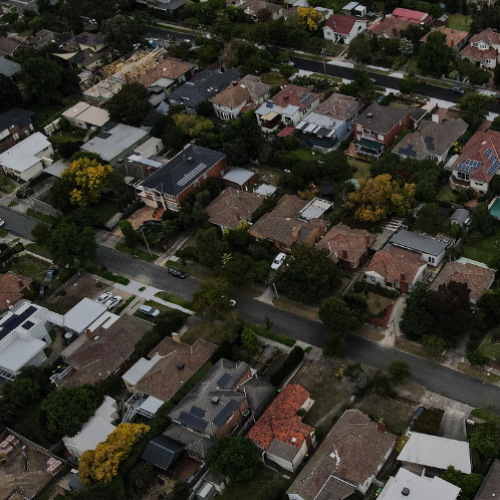Australia’s economy is set to become two-and-a-half times bigger over the next 40 years, but will remain sluggish compared to previous decades.
The 2023 Intergenerational Report to be released on Thursday will reveal economic growth into the 2060s will slow largely due to an ageing society and stalled population growth.
But a strong labour market will help prop up the economy.
GDP is projected to grow at an average of 2.2 per cent a year from 2022/23 to 2062/63, which is 0.9 percentage points lower than the average growth of the past 40 years.
Treasurer Jim Chalmers said Australia was one of the best-placed nations to respond to the economic headwinds ahead due to its low unemployment and near-record labour force participation.
“To lay the foundations for future growth, we’re investing in a more adaptable workforce and working to maximise opportunities in the digital economy, net zero transformation and growth in the care economy,” Dr Chalmers said.
He said the slower growth was in line with other advanced economies.
Tax and non-tax receipts are set to rise to 26.3 per cent of GDP in 2033/34 before peeling back slightly in the three following decades.
Structural changes to the economy will put pressure on tax revenue, with proceeds from fuel and tobacco excises to shrink as Australia transitions away from fossil fuels and fewer people smoke.
Company tax and the GST will largely stay in line with economic growth while the percentage of revenue from personal taxes will increase as incomes rise and the population grows.
Dr Chalmers has ruled out any changes to the GST, but is eyeing off tax reform in the areas of multinationals, high-balance superannuation and offshore petroleum production.











